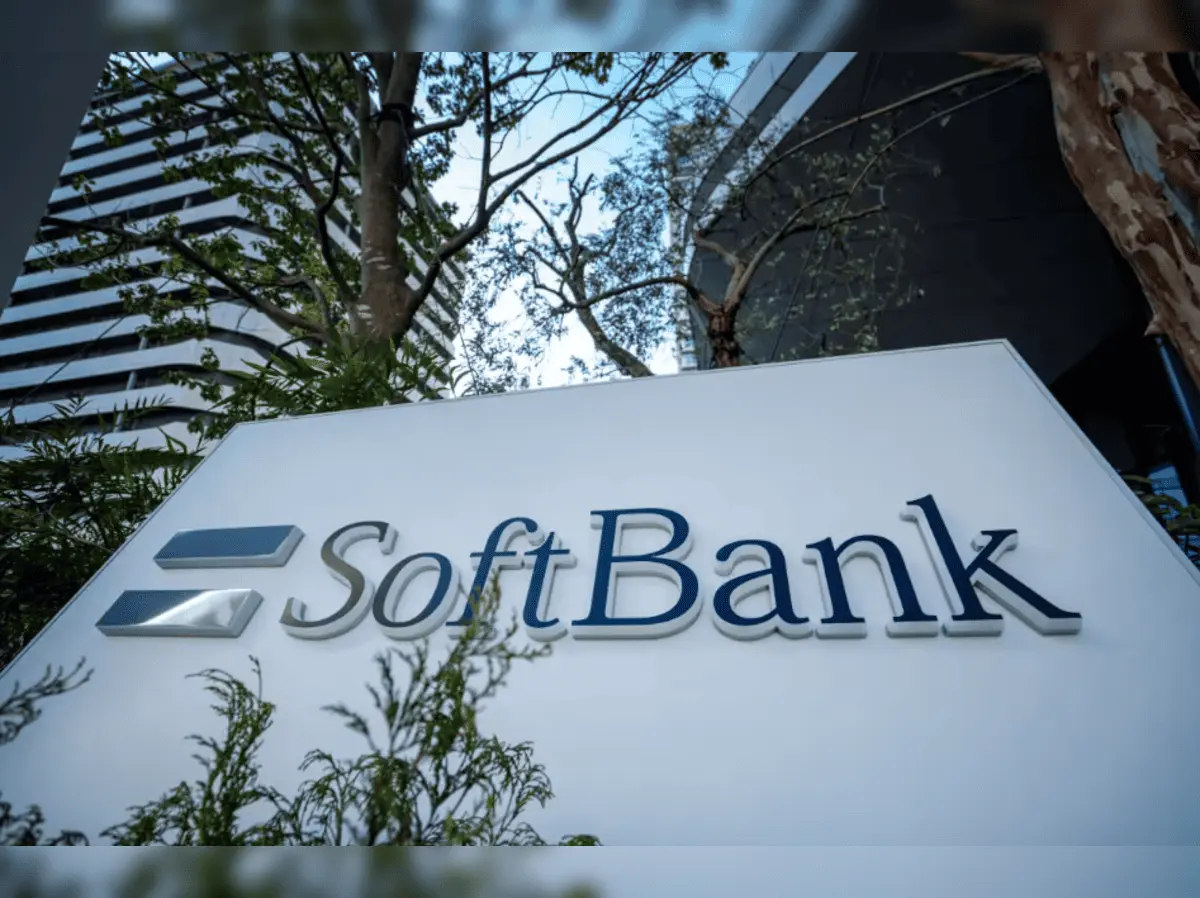Wall Street Soars on AI Boom, Echoing Dot-Com Era Gains
3 Sources
3 Sources
[1]
Wall Street parties like it's 1998 as AI fuels gains unmatched since dot-com era
NEW YORK (AP) -- The S&P 500 is on track to close 2024 with a gain of nearly 27%, after setting 50 record highs this year. That's on top of its 24.2% spurt the year before, a spectacular two-year run unmatched since the dot-com boom. This time around, it's not dot-com stocks boosting the market but skyrocketing prices for companies in the artificial-intelligence business. Nvidia, for example, has more than doubled in value after surging over three times in 2023 because its chips are powering much of the move into AI. Super Micro Computer, which makes servers used in AI and other computing, has jumped nearly 48% this year after more than tripling last year. The economy, meanwhile, isn't far removed from its last recession, which struck with the COVID-19 pandemic. But perhaps more importantly, it's so far avoided a recession that many on Wall Street worried was inevitable after the Federal Reserve hiked its main interest rate to a two-decade high in hopes of slowing the economy to beat high inflation. So what happened to stocks after that fantastic two-year run in 1998? The market rose again in 1999, by 19.5%, as the economy kept growing and the dot-com bubble inflated. Many voices on Wall Street say the stock market could keep rising in 2025 too, though likely not to the same degree. The economy is still growing, and the Federal Reserve appears set to keep cutting interest rates to make things easier. That has Jason Draho, head of asset allocation, Americas, at UBS Global Wealth Management, forecasting the S&P 500 could end 2025 at 6,600, for example. That would be a roughly 9% rise from Monday's close. But similar winning streaks have also come to a sudden end in the past, like after 1999. The S&P 500 ended up peaking in early 2000 before falling for several years as the dot-com bubble deflated and the economy fell into its 2001 recession. Like then, critics this time around are calling the stock market too expensive after prices climbed faster than companies' profits. Plus, the S&P 500 hasn't experienced a drawdown of at least 10% this year, and such "corrections" tend to happen every couple of years. Anthony Saglimbene, chief market strategist at Ameriprise, urges caution. "At the end of the day, there's just too much optimism and not enough recognition of what could derail stock momentum for rational investors not to pump the brakes a bit," Saglimbene said.
[2]
Wall Street parties like it's 1998 as AI fuels gains unmatched since dot-com era
NEW YORK -- The S&P 500 is on track to close 2024 with a gain of nearly 27%, after setting 50 record highs this year. That's on top of its 24.2% spurt the year before, a spectacular two-year run unmatched since the dot-com boom. This time around, it's not dot-com stocks boosting the market but skyrocketing prices for companies in the artificial-intelligence business. Nvidia, for example, has more than doubled in value after surging over three times in 2023 because its chips are powering much of the move into AI. Super Micro Computer, which makes servers used in AI and other computing, has jumped nearly 48% this year after more than tripling last year. The economy, meanwhile, isn't far removed from its last recession, which struck with the COVID-19 pandemic. But perhaps more importantly, it's so far avoided a recession that many on Wall Street worried was inevitable after the Federal Reserve hiked its main interest rate to a two-decade high in hopes of slowing the economy to beat high inflation. So what happened to stocks after that fantastic two-year run in 1998? The market rose again in 1999, by 19.5%, as the economy kept growing and the dot-com bubble inflated. Many voices on Wall Street say the stock market could keep rising in 2025 too, though likely not to the same degree. The economy is still growing, and the Federal Reserve appears set to keep cutting interest rates to make things easier. That has Jason Draho, head of asset allocation, Americas, at UBS Global Wealth Management, forecasting the S&P 500 could end 2025 at 6,600, for example. That would be a roughly 9% rise from Monday's close. But similar winning streaks have also come to a sudden end in the past, like after 1999. The S&P 500 ended up peaking in early 2000 before falling for several years as the dot-com bubble deflated and the economy fell into its 2001 recession. Like then, critics this time around are calling the stock market too expensive after prices climbed faster than companies' profits. Plus, the S&P 500 hasn't experienced a drawdown of at least 10% this year, and such "corrections" tend to happen every couple of years. Anthony Saglimbene, chief market strategist at Ameriprise, urges caution. "At the end of the day, there's just too much optimism and not enough recognition of what could derail stock momentum for rational investors not to pump the brakes a bit," Saglimbene said.
[3]
Wall Street parties like it's 1998 as AI fuels gains unmatched since dot-com era
NEW YORK (AP) -- The S&P 500 is on track to close 2024 with a gain of nearly 27%, after setting 50 record highs this year. That's on top of its 24.2% spurt the year before, a spectacular two-year run unmatched since the dot-com boom. This time around, it's not dot-com stocks boosting the market but skyrocketing prices for companies in the artificial-intelligence business. Nvidia, for example, has more than doubled in value after surging over three times in 2023 because its chips are powering much of the move into AI. Super Micro Computer, which makes servers used in AI and other computing, has jumped nearly 48% this year after more than tripling last year. The economy, meanwhile, isn't far removed from its last recession, which struck with the COVID-19 pandemic. But perhaps more importantly, it's so far avoided a recession that many on Wall Street worried was inevitable after the Federal Reserve hiked its main interest rate to a two-decade high in hopes of slowing the economy to beat high inflation. So what happened to stocks after that fantastic two-year run in 1998? The market rose again in 1999, by 19.5%, as the economy kept growing and the dot-com bubble inflated. Many voices on Wall Street say the stock market could keep rising in 2025 too, though likely not to the same degree. The economy is still growing, and the Federal Reserve appears set to keep cutting interest rates to make things easier. That has Jason Draho, head of asset allocation, Americas, at UBS Global Wealth Management, forecasting the S&P 500 could end 2025 at 6,600, for example. That would be a roughly 9% rise from Monday's close. But similar winning streaks have also come to a sudden end in the past, like after 1999. The S&P 500 ended up peaking in early 2000 before falling for several years as the dot-com bubble deflated and the economy fell into its 2001 recession. Like then, critics this time around are calling the stock market too expensive after prices climbed faster than companies' profits. Plus, the S&P 500 hasn't experienced a drawdown of at least 10% this year, and such "corrections" tend to happen every couple of years. Anthony Saglimbene, chief market strategist at Ameriprise, urges caution. "At the end of the day, there's just too much optimism and not enough recognition of what could derail stock momentum for rational investors not to pump the brakes a bit," Saglimbene said.
Share
Share
Copy Link
The S&P 500 is set to close 2024 with a 27% gain, fueled by AI-related stocks, reminiscent of the late 1990s dot-com boom. While optimism runs high, some experts urge caution amid the market's rapid ascent.

AI-Driven Market Surge Mirrors Dot-Com Era
The S&P 500 is poised to conclude 2024 with a remarkable 27% gain, setting 50 record highs throughout the year. This impressive performance follows a 24.2% increase in the previous year, marking a two-year run unseen since the dot-com boom of the late 1990s
1
2
3
.Artificial Intelligence: The New Market Driver
Unlike the dot-com era, the current market surge is primarily fueled by companies in the artificial intelligence (AI) sector. Nvidia, a key player in AI chip production, has more than doubled its value in 2024, following a threefold increase in 2023. Similarly, Super Micro Computer, which manufactures servers for AI and other computing applications, has seen a nearly 48% jump this year after more than tripling in value the previous year
1
2
3
.Economic Landscape and Federal Reserve's Role
The economy has managed to avoid a recession that many Wall Street analysts feared would be inevitable following the Federal Reserve's interest rate hikes to combat inflation. These rate increases brought the main interest rate to a two-decade high
1
2
3
.Historical Parallels and Future Projections
Drawing parallels to the 1998-1999 period, when the market continued to rise amid the dot-com bubble, many Wall Street voices anticipate further growth in 2025, albeit at a more modest pace. Jason Draho, head of asset allocation, Americas, at UBS Global Wealth Management, projects the S&P 500 could reach 6,600 by the end of 2025, representing a 9% increase from current levels
1
2
3
.Related Stories
Cautionary Notes Amid Optimism
Despite the bullish outlook, some experts urge caution. Critics argue that the stock market may be overvalued, with prices outpacing company profits. Additionally, the S&P 500 has not experienced a significant correction (a drawdown of at least 10%) this year, which typically occurs every couple of years
1
2
3
.Anthony Saglimbene, chief market strategist at Ameriprise, warns:
"At the end of the day, there's just too much optimism and not enough recognition of what could derail stock momentum for rational investors not to pump the brakes a bit"
1
2
3
.Historical Precedent and Potential Risks
The market's current trajectory bears a striking resemblance to the late 1990s. However, it's worth noting that after the 1999 surge, the S&P 500 peaked in early 2000 before entering a multi-year decline as the dot-com bubble burst and the economy slipped into recession in 2001
1
2
3
.As the AI-driven market rally continues, investors and analysts alike are closely watching for signs of sustainability or potential overvaluation, mindful of the lessons learned from past market cycles.
References
Summarized by
Navi
Related Stories
Recent Highlights
1
Google launches Gemini 3 Flash as default AI model, delivering speed with Pro-grade reasoning
Technology

2
OpenAI launches GPT Image 1.5 as AI image generator war with Google intensifies
Technology

3
OpenAI launches ChatGPT app store, opening doors for third-party developers to build AI-powered apps
Technology








